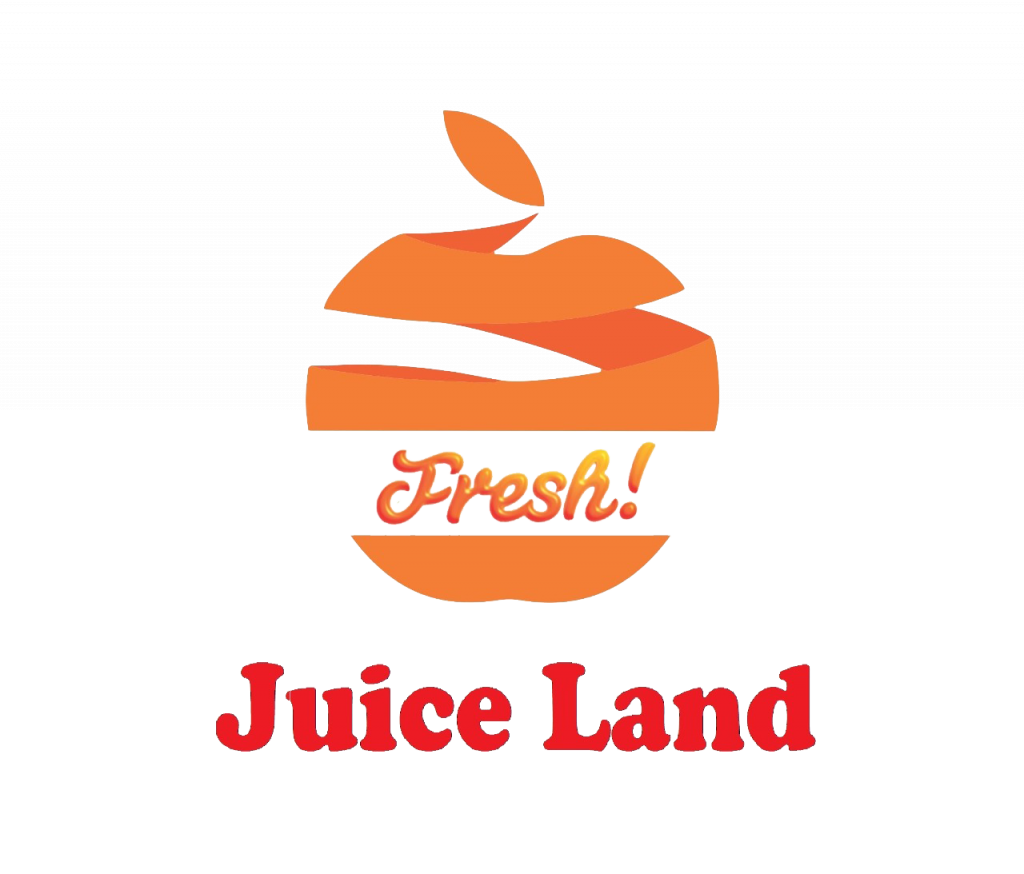Leveraged Loan Purposes
M&A/LBOs
M&A may be the lifeblood of leveraged finance. You can find the 3 main kinds of purchase loans:
1) Leveraged buyouts (LBOs) Many LBOs are supported by an equity that is private, which funds the deal with an important number of financial obligation by means of leveraged loans, mezzanine finance, high-yield bonds and/or vendor records. Debt being a share of total sourced elements of financing for the LBO can cover anything from 50% to well over 75%. The type for the deal will highly determine how it really is leveraged. Issuers with big, stable cash flows tend to be in a position to help greater leverage. Similarly, issuers in protective, less-cyclical sectors are provided more latitude compared to those in cyclical industry sections. Finally, the standing of the personal equity backer (sponsor) additionally plays a task, as does market liquidity (the actual quantity of institutional investor money available). More powerful areas often provide for greater leverage; in weaker areas loan providers wish to keep leverage under control.
You can find three main forms of LBO discounts:
- Public-to-private (P2P) – also known as go-private discounts – by which the private equity company acquisitions a publicly exchanged business with a tender offer. A stub portion of the equity continues to trade on an exchange in some P2P deals. In others the business is purchased outright
- Sponsor-to-sponsor (S2S) deals, where one equity that is private offers a profile home to a different
- Non-core purchases, for which a business issuer offers a unit to an equity firm that is private.
2) Platform purchases
Deals for which private-equity-backed issuers purchases a small business which title loans online they judge would be accretive by either producing financial savings and/or creating expansion synergies.
3) Strategic purchases
They are much like a platform purchases but they are performed by the issuer that isn’t owned with a personal equity company.
Recapitalizations
A leveraged loan supporting a recapitalization leads to alterations in the structure of a entity’s stability sheet mix between financial obligation and equity either by (1) issuing financial obligation to pay for a dividend or repurchase stock or (2) attempting to sell brand brand brand new equity, in some instances to settle financial obligation.
Some examples that are common
- Dividend. Dividend funding is easy. An organization assumes on debt and makes use of profits to pay for a dividend to investors. Task right right right here has a tendency to monitor market conditions. Bull markets inspire more dividend discounts as issuers tap extra liquidity to spend equity holders (however has been a market that is hot with reasonably restricted dividend discounts within the U.S.). Needless to say, bear markets, as during the Great Recession, all but precludes dividend actvity, as lenders often look skeptically upon deals that weaken an issuer’s balance sheet.
- Inventory repurchase. In this as a type of recap deal a business utilizes financial obligation profits to repurchase stock. The result regarding the stability sheet is equivalent to a dividend, because of the mix moving toward financial obligation.
- Equity infusion. These deals typically are noticed in troubled circumstances. In some instances, the personal equity owners consent to make an equity infusion into the business, in return for an innovative new financial obligation package. In other people, a brand new investor actions in to give you fresh money. In any event, the offer strengthens the company’s balance sheet.
- IPO (reverse LBO). An issuer lists – or, into the situation of the P2P LBO, relists – on a trade. Included in this kind of deleveraging the organization might revamp its loans or bonds at more favorable terms.
Refi/GCP/Build-outs
Refinancing to put it simply, this involves a fresh loan or bonds problem to refinance debt that is existing.
General business Purposes These deals help working money, basic operations as well as other purposes that are business-as-usual.
Build-outsBuild-out funding supports a specific task, such as for instance a energy plant, a land development deal, a gambling establishment or a power pipeline.
